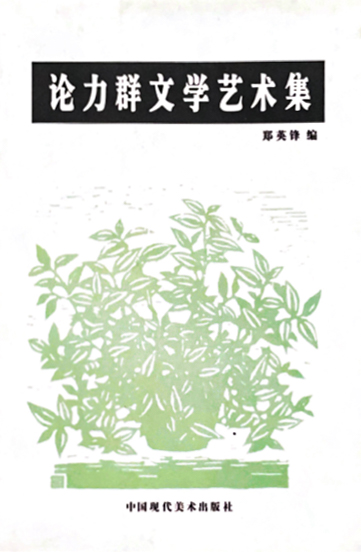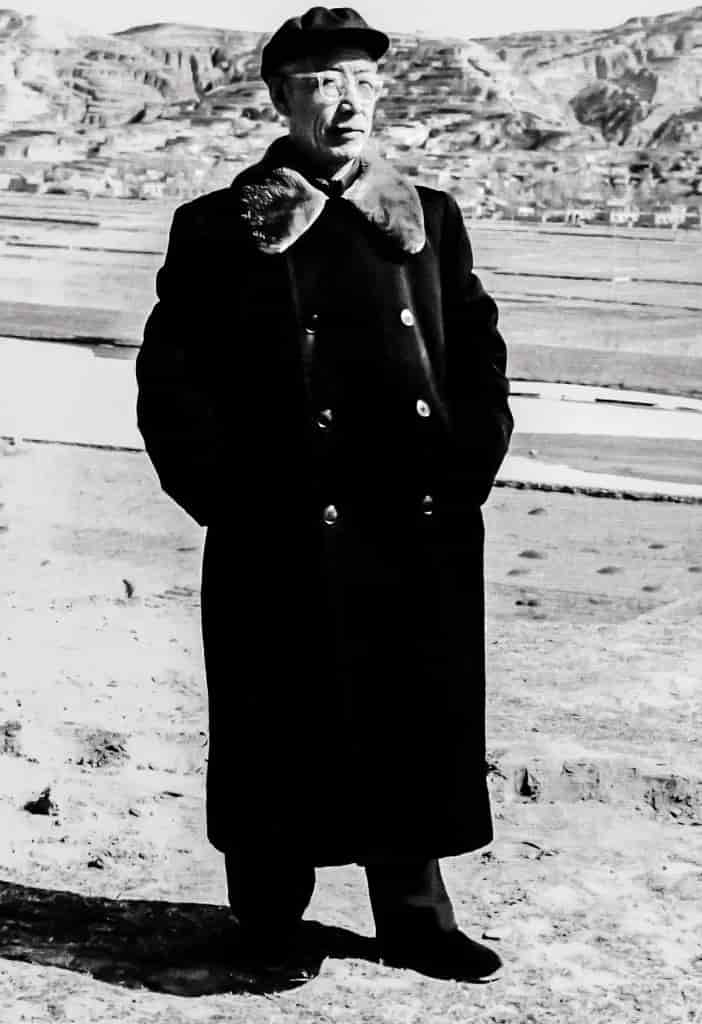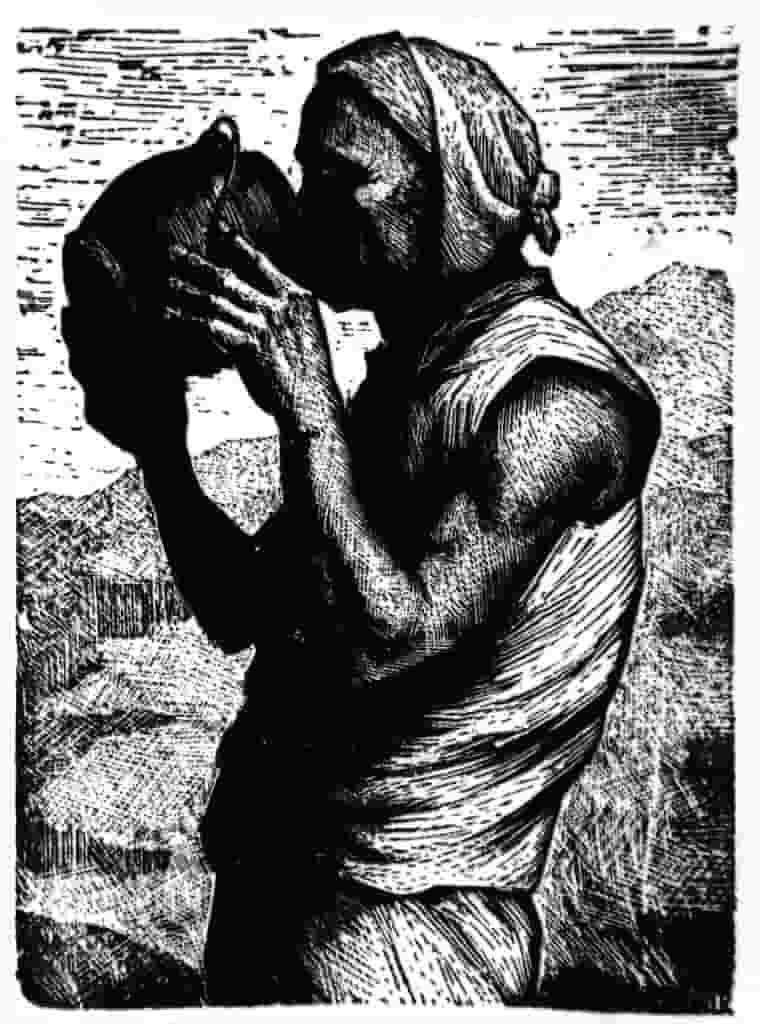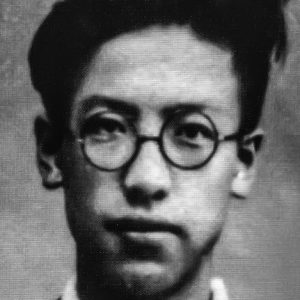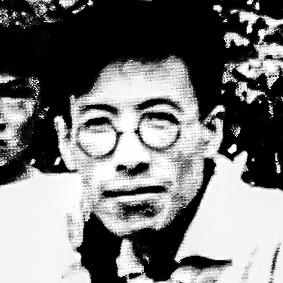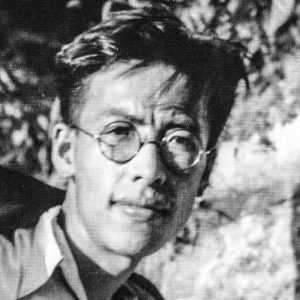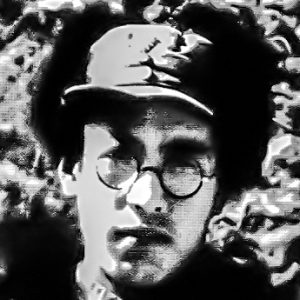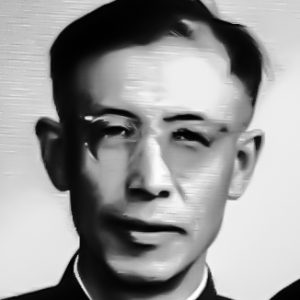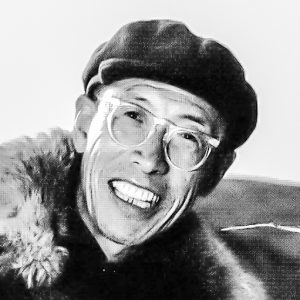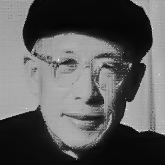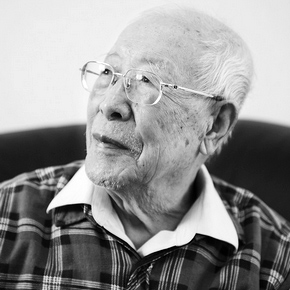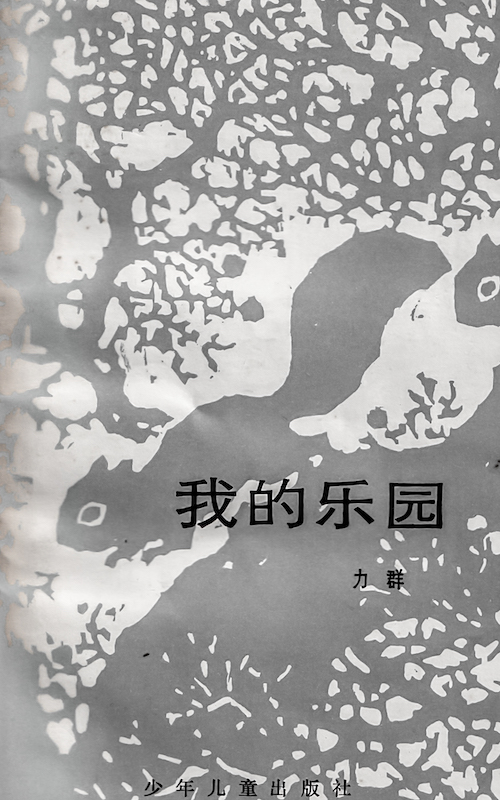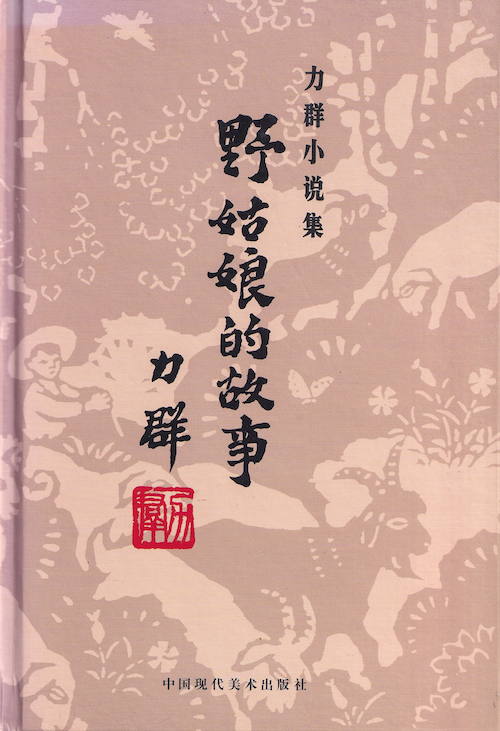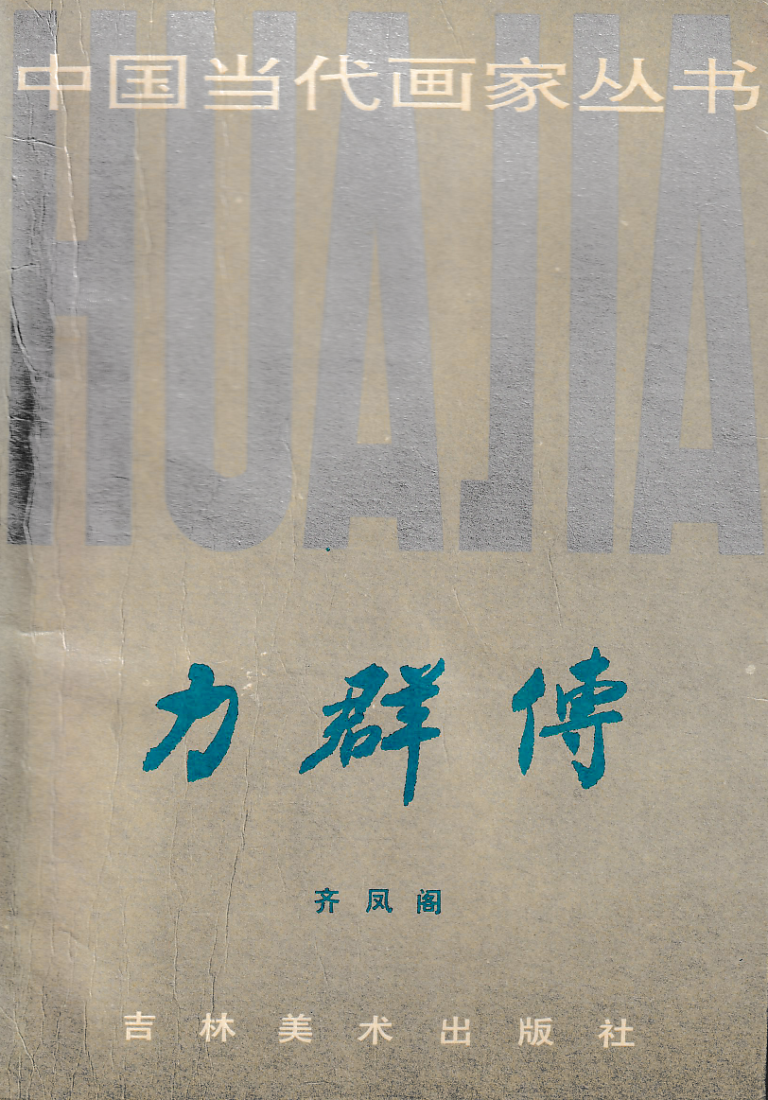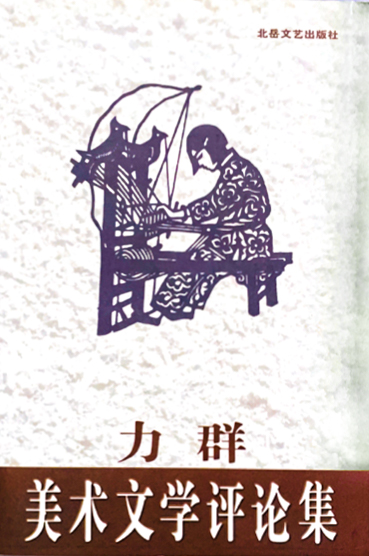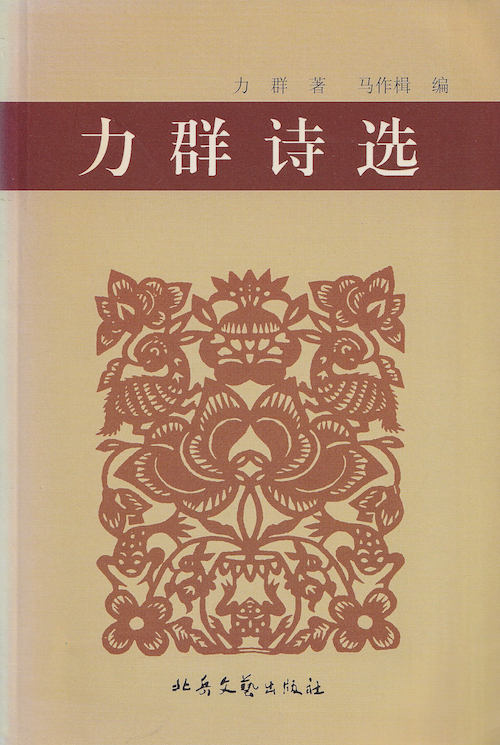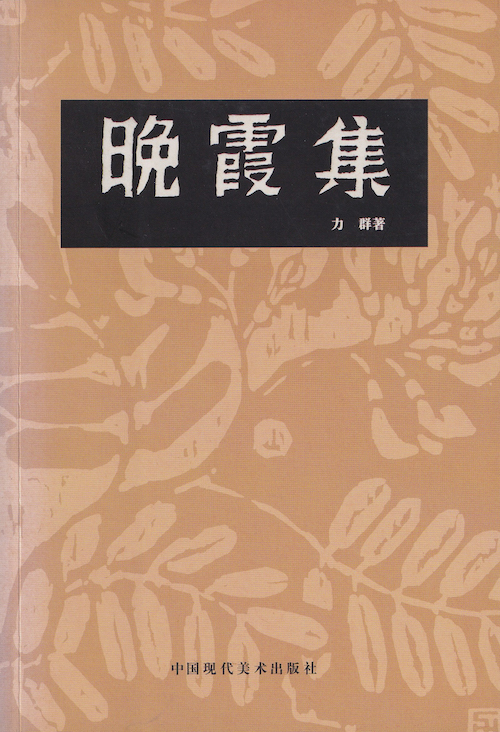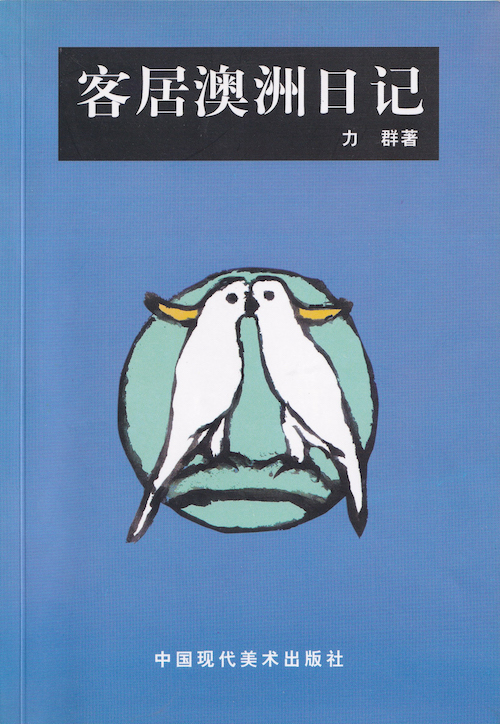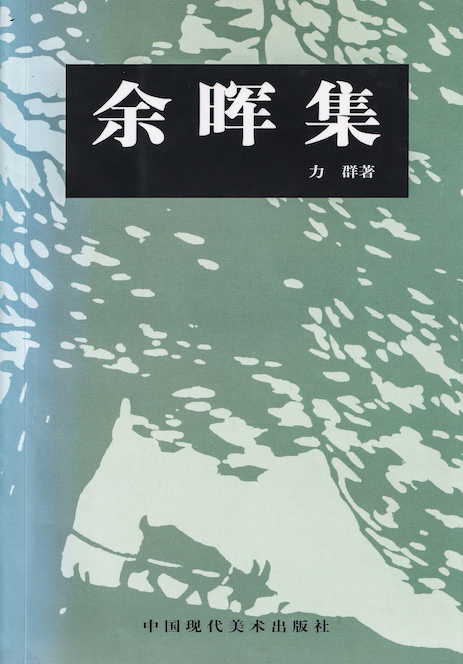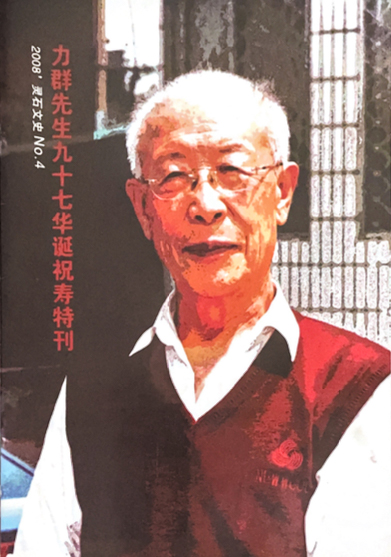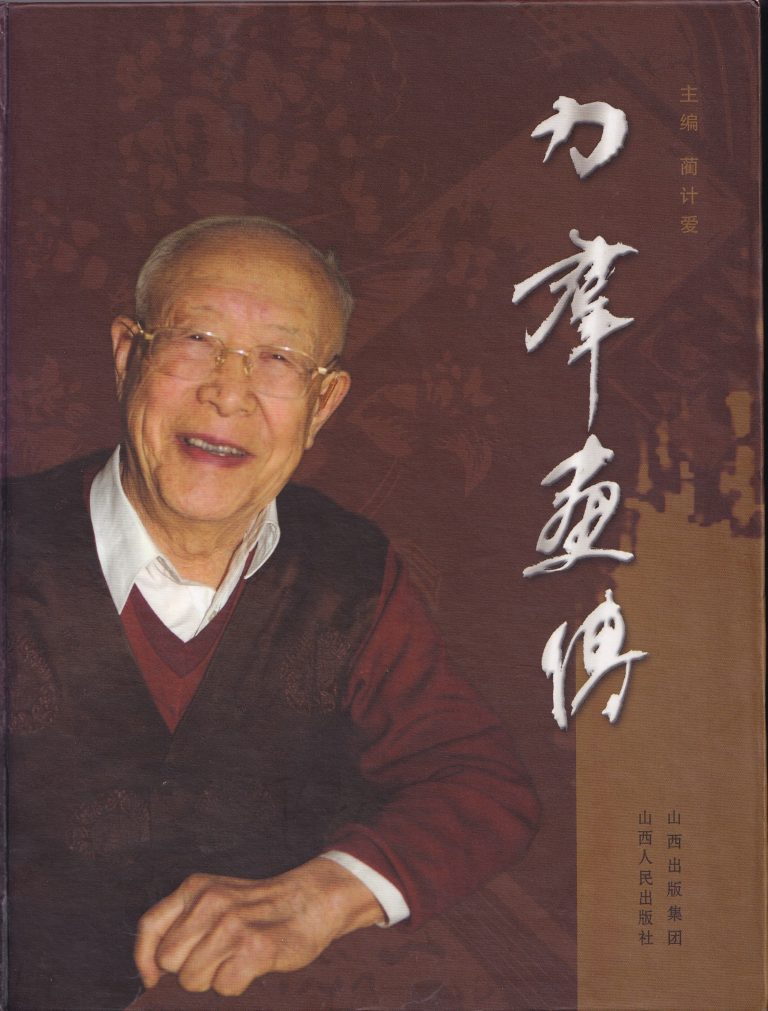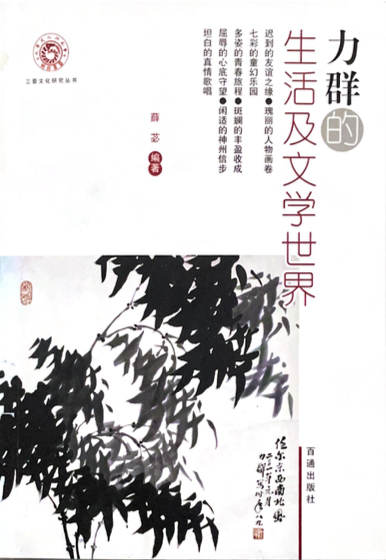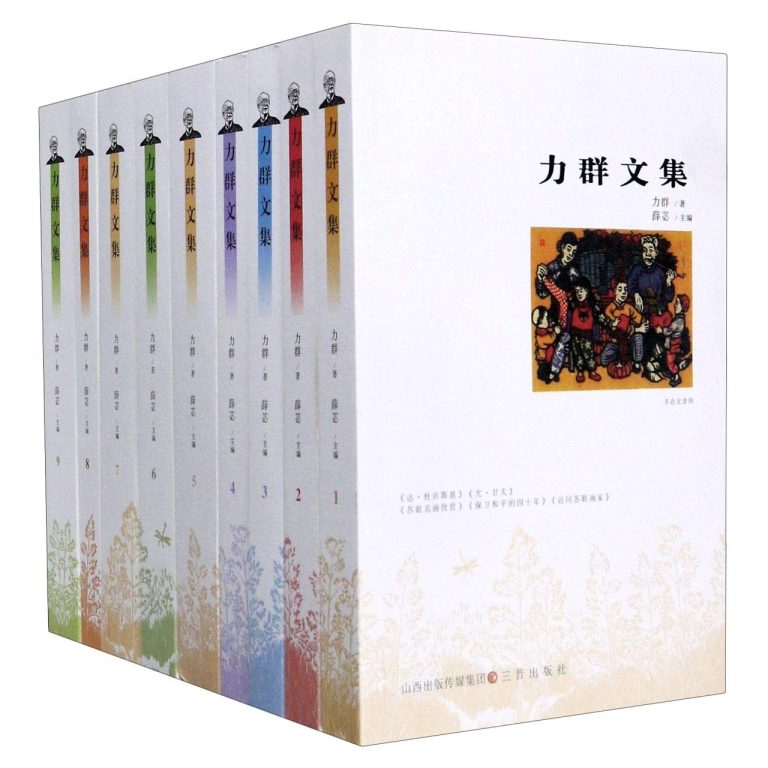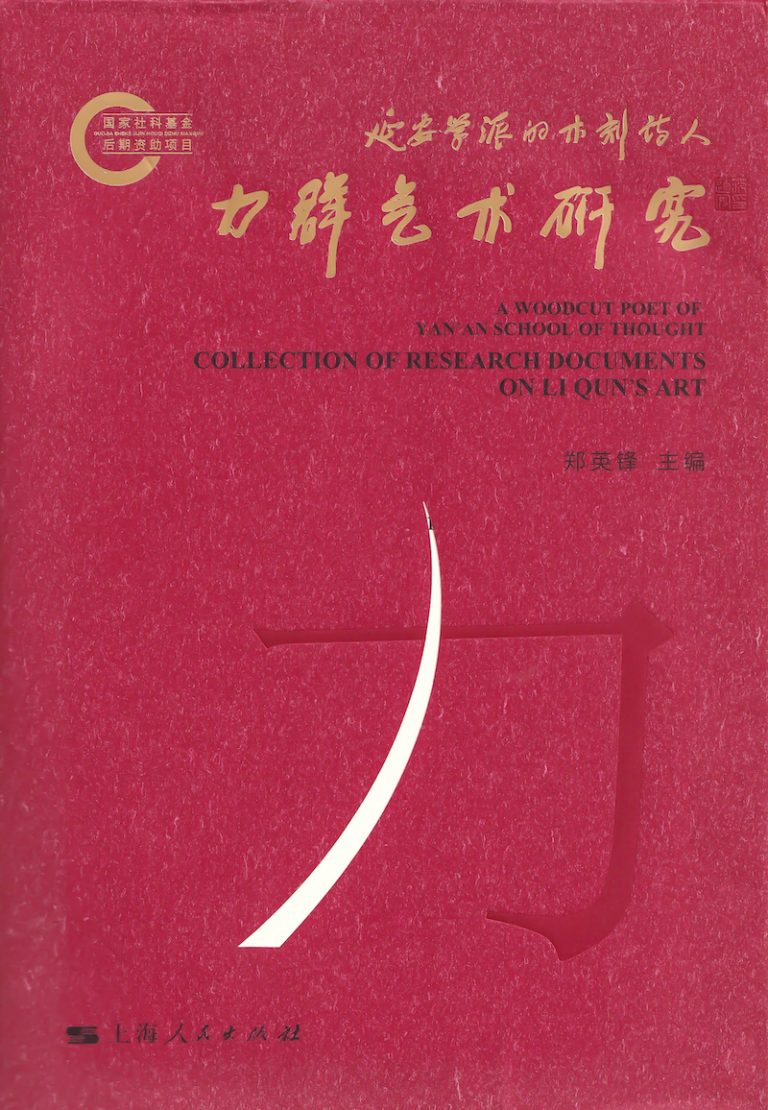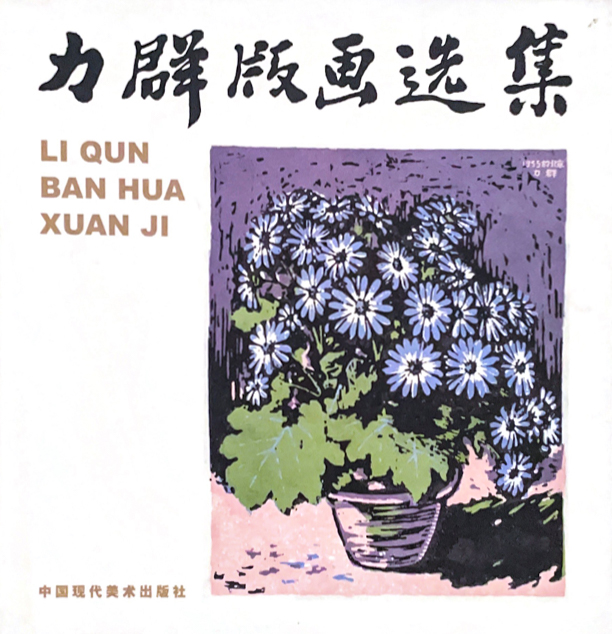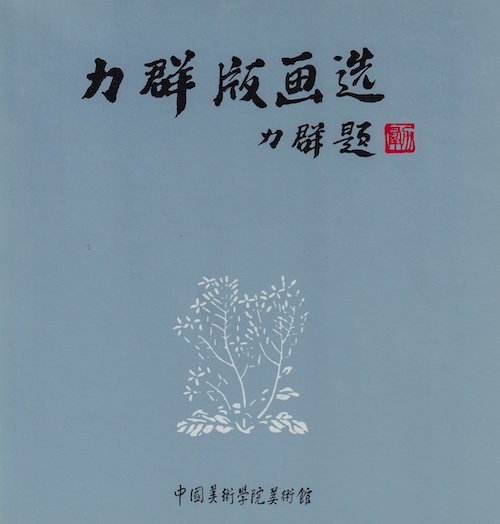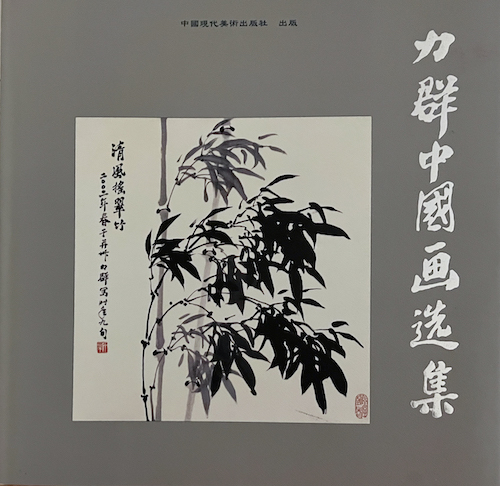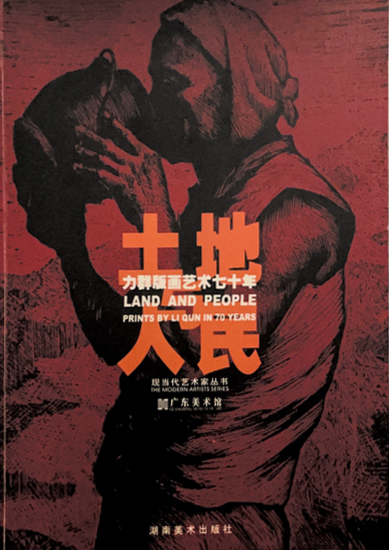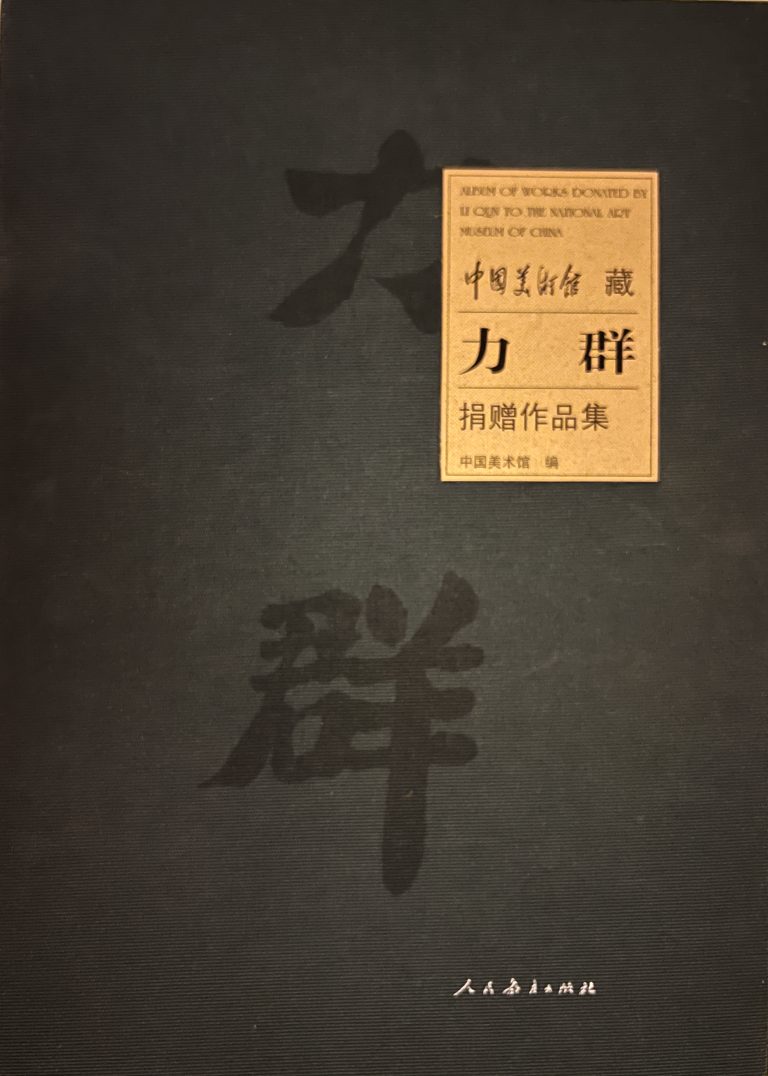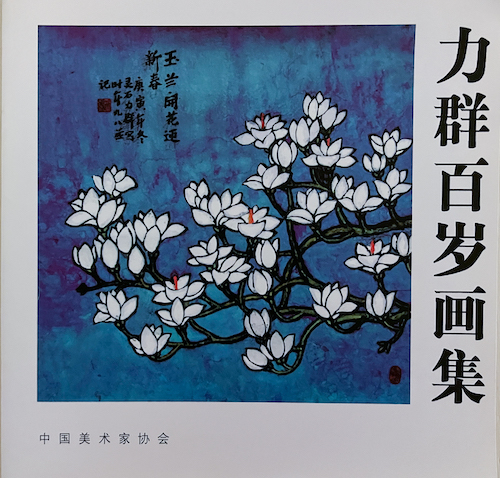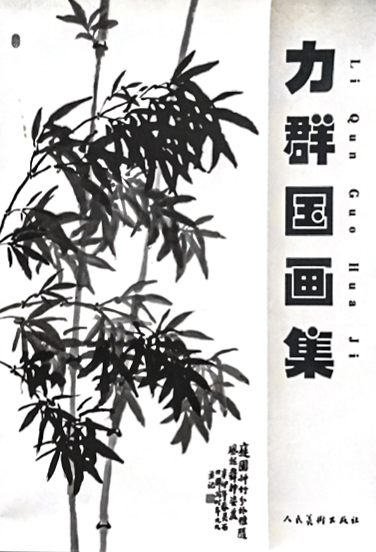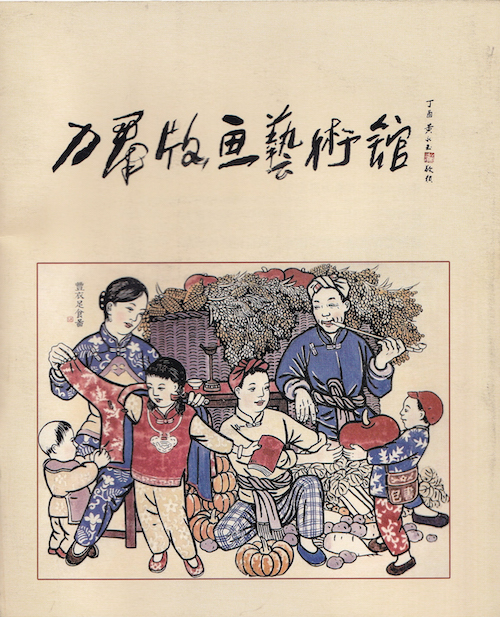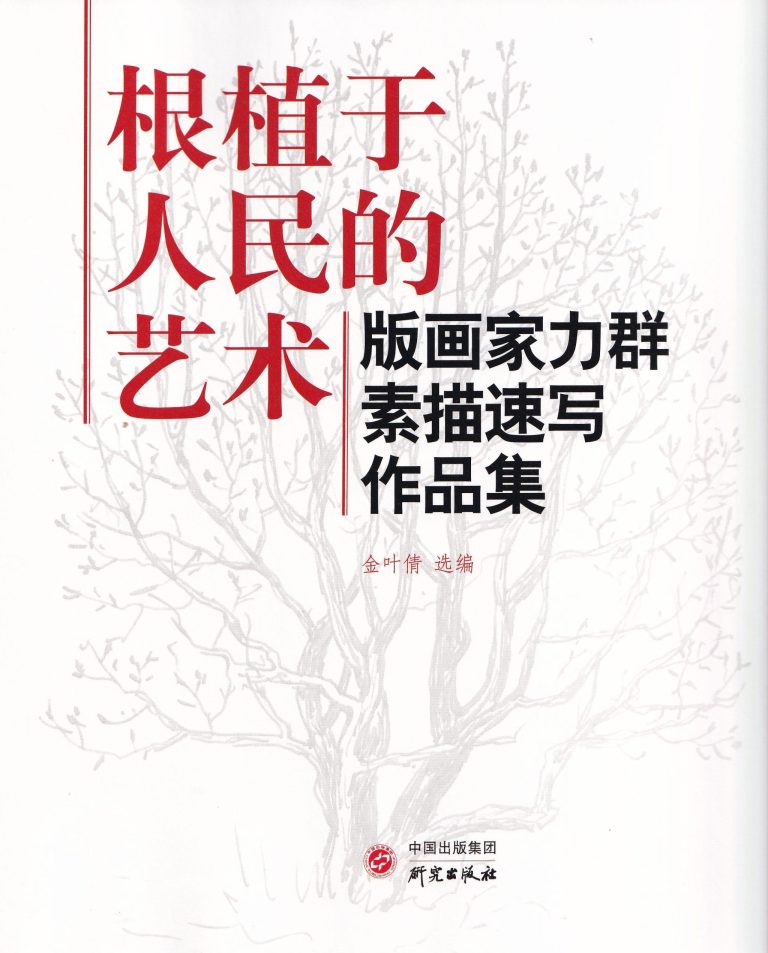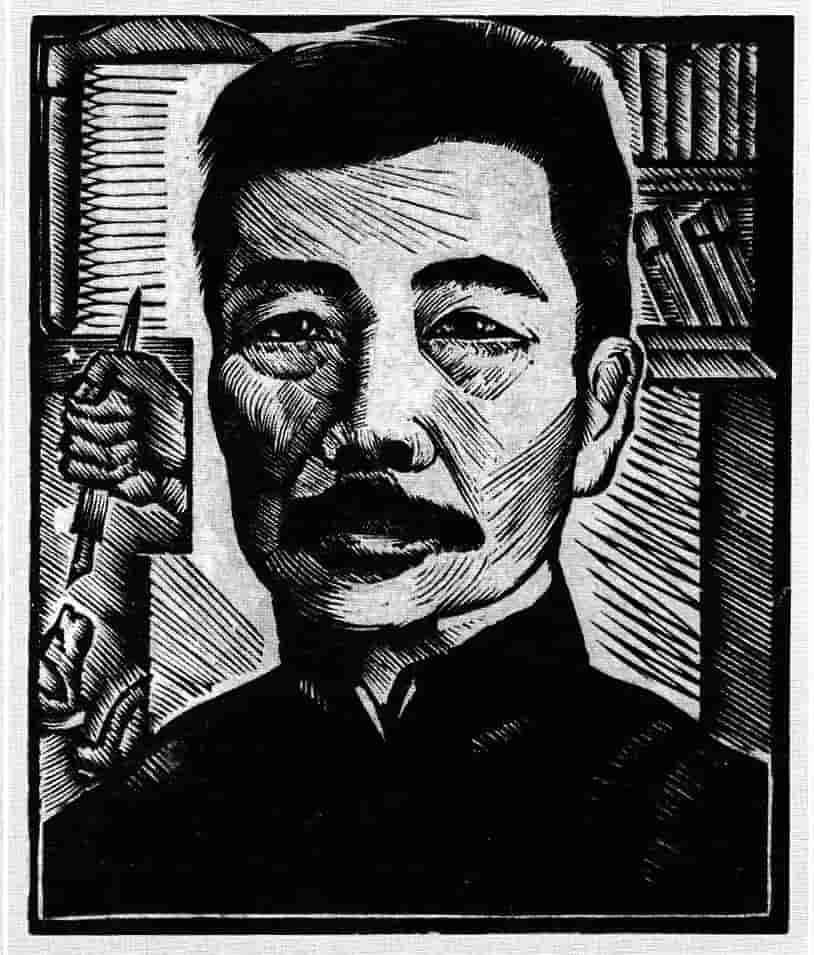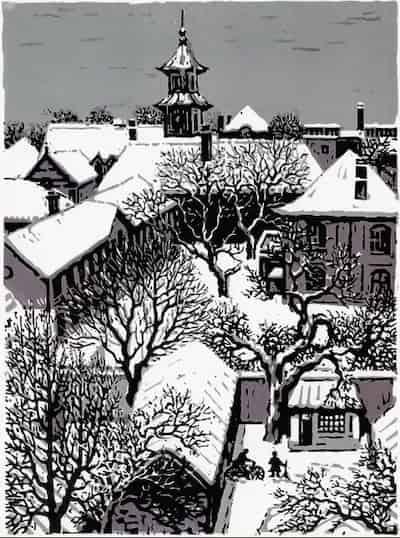Li Qun, born on December 25, 1912, in Haogia Village, Shanxi Province, has been involved in art for nearly 60 years. He grew up in a rural environment, which greatly influenced his woodcut creations and writings. Li Qun studied at the National Hangzhou Art Specialized School and later joined the Chinese Leftist Artists’ League. Despite imprisonment during the “Muling” incident in 1933, he continued his artistic endeavors upon release. His woodcut works received praise from Lu Xun and gained international recognition. Throughout his career, Li Qun actively participated in literary and art activities, contributing significantly to Chinese art and culture. He held various positions in cultural organizations and received numerous accolades for his contributions to literature and art. Li Qun’s works have been exhibited worldwide, reflecting his enduring impact on the artistic landscape.

Childhood 1912-1930
A village childhood Li Qun’s roots trace back to a quaint mountain village, an enclave characterised by a mere six courtyards and ten households in its nascent years. This hamlet, situated in Lingshi County, Shanxi Province, earned its identity as Hao Jia Zhang. Positioned to the east of Fenhe River,
